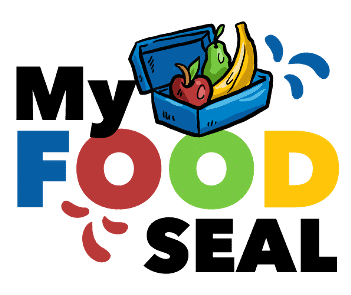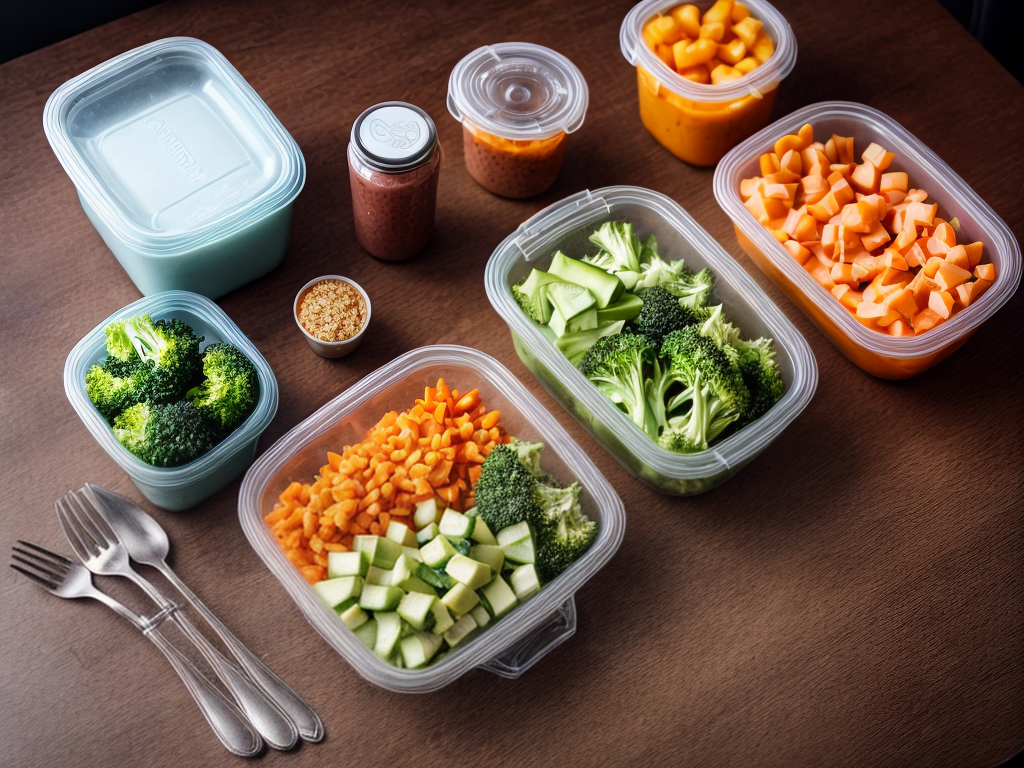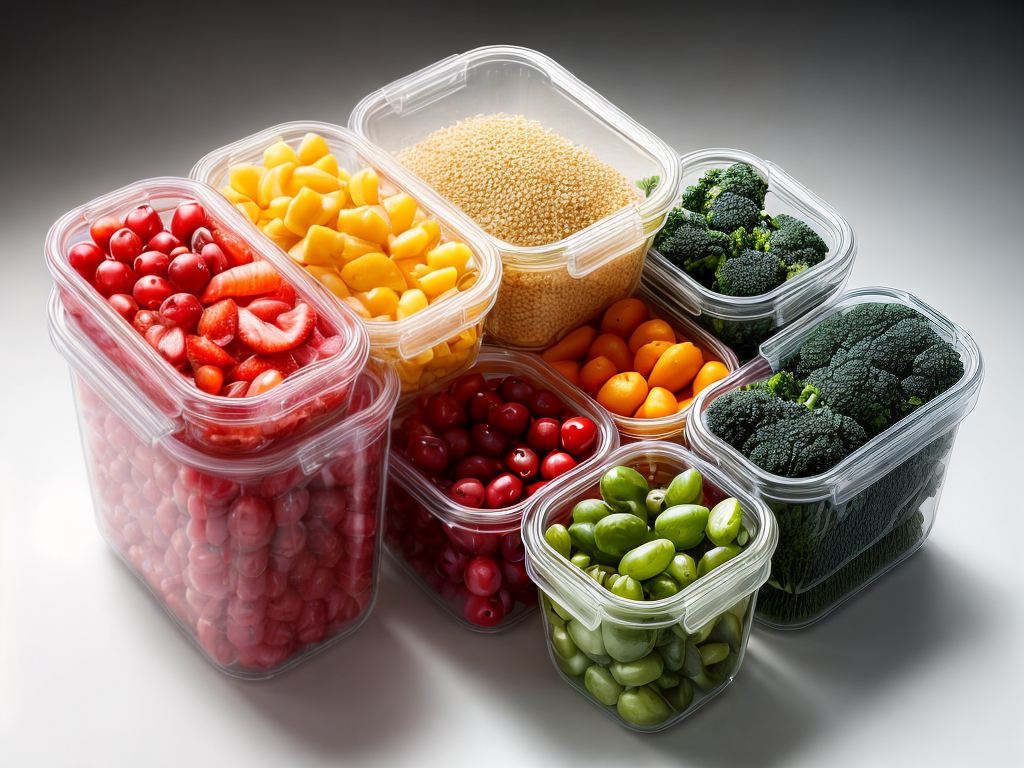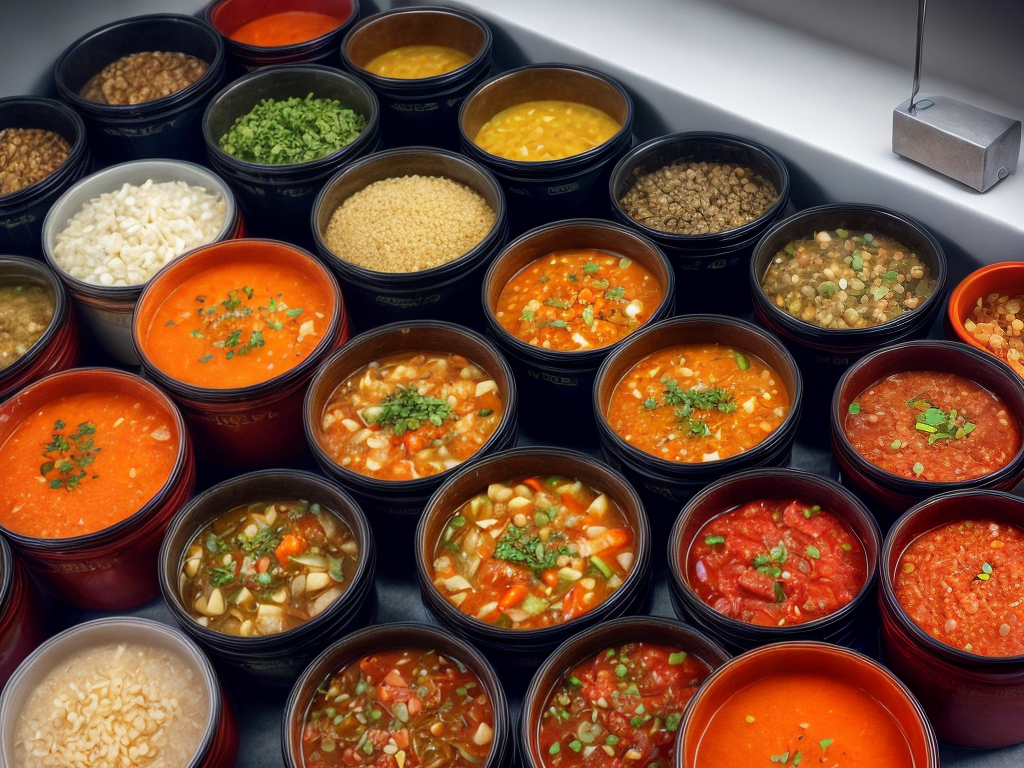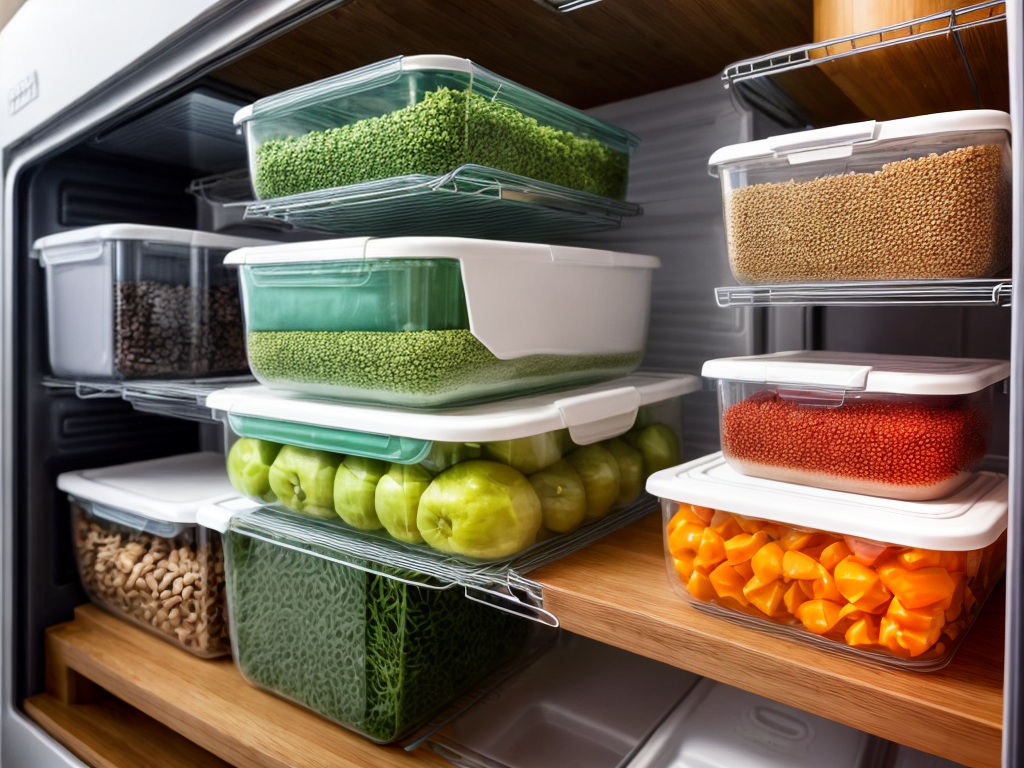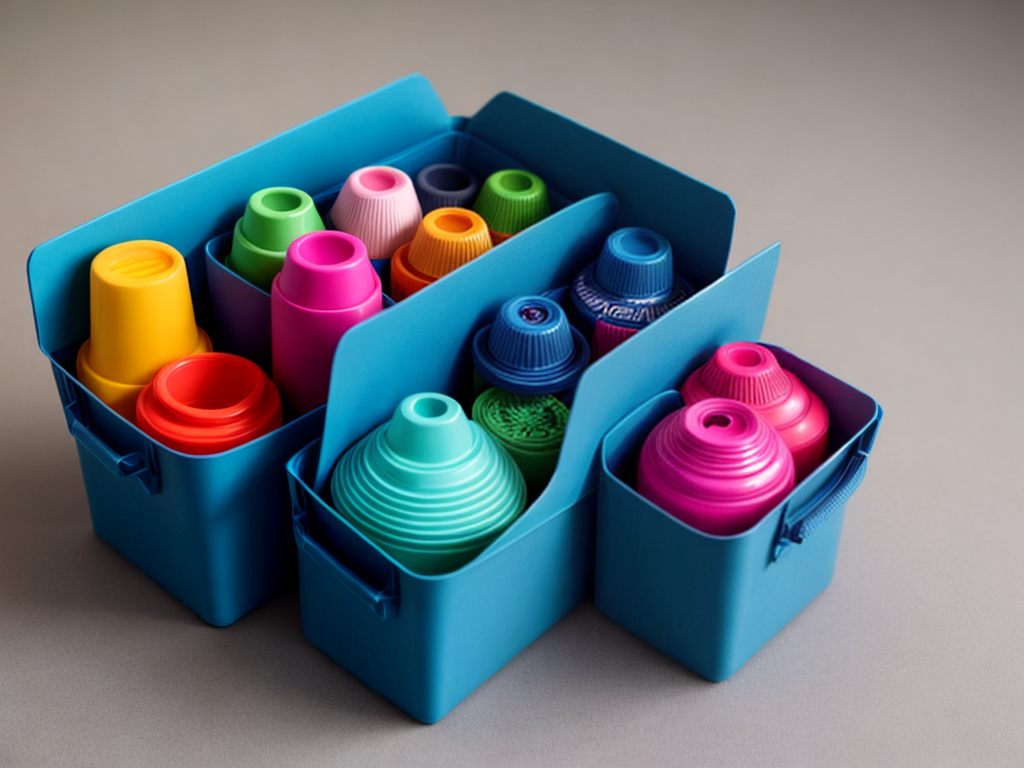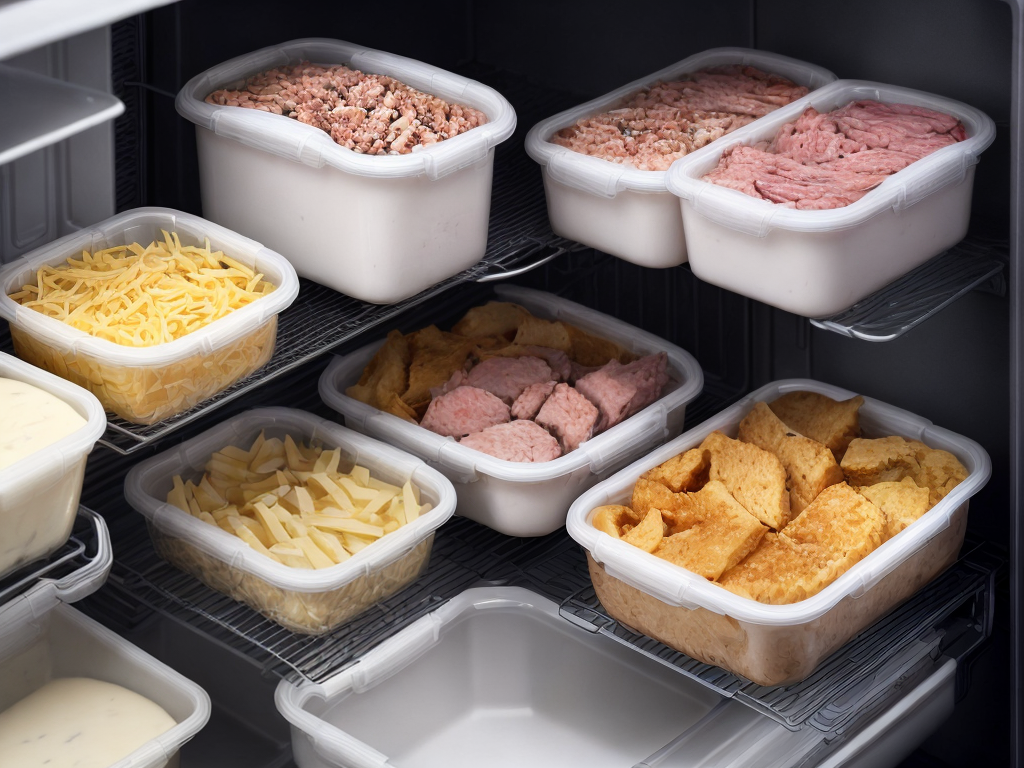
As the saying goes, “You are what you eat.” And when it comes to meat and dairy, proper storage is key to ensuring the safety and quality of these perishable items. So, what are the best practices? From maintaining the right refrigerator temperature to implementing the first-in, first-out method, there are several tips and tricks that can help you store your meat and dairy products in a way that keeps them fresh and safe to consume. But that’s not all, there’s more to learn about proper packaging, avoiding cross-contamination, and the importance of labeling. Stay tuned to uncover these essential tips for safe food handling.
Refrigerator Temperature
Maintaining the proper refrigerator temperature is crucial for food storage. Proper temperature control is essential in order to maintain the freshness and quality of your food. The ideal temperature for your refrigerator is between 35 and 38 degrees Fahrenheit (1.7 to 3.3 degrees Celsius). This temperature range ensures that bacteria growth is slowed down, preventing spoilage and foodborne illnesses.
To maintain the desired temperature, it is important to regularly check your refrigerator’s thermostat. Make sure it is set to the appropriate temperature and adjust as necessary. Additionally, avoid overloading your refrigerator with too much food, as this can hinder proper air circulation and temperature control.
It is also important to store different types of food in their designated areas within the refrigerator. Raw meats, poultry, and seafood should be stored on the bottom shelf to prevent any potential cross-contamination with other foods. Dairy products, such as milk and cheese, should be stored on the upper shelves where the temperature is colder and more consistent.
Proper Packaging
When it comes to food storage, proper packaging is essential to maintain freshness and prevent spoilage. Vacuum sealing is a highly effective method to keep food fresh for longer periods. By removing the air from the packaging, vacuum sealing helps to prevent the growth of bacteria and slows down the oxidation process. This method is particularly useful for storing meat and dairy products, as it helps to maintain their quality and flavor.
In addition to vacuum sealing, moisture control is another important aspect of proper packaging. Moisture can promote the growth of bacteria and lead to spoilage. It is crucial to ensure that food is adequately dry before packaging it. Moisture can also cause freezer burn, which results in the loss of texture and taste. Using moisture-proof packaging materials, such as freezer bags or plastic containers, can help to prevent this issue.
When packaging food, it is important to label it with the date of packaging. This will help you keep track of how long the food has been stored and ensure that you consume it before it expires. Proper packaging techniques, such as vacuum sealing and moisture control, will not only maintain the freshness and quality of your food but also help to prevent foodborne illnesses.
Separation of Raw and Cooked
Separating raw and cooked foods is crucial for food safety. By keeping them separate, you can prevent cross-contamination and reduce the risk of foodborne illnesses. Proper storage techniques, such as using separate containers and storing raw meats on lower shelves to avoid drips, can help maintain the integrity and quality of your food.
Importance of Separation
To ensure proper food safety, it is crucial to keep raw and cooked foods separate. This is important for avoiding cross contamination and preventing bacterial growth. Here are three reasons why separation is essential:
- Cross-contamination prevention: Raw foods, such as meat and poultry, can contain harmful bacteria that can spread to other foods if not properly handled. By keeping raw and cooked foods separate, you minimize the risk of bacteria transferring from raw to cooked foods.
- Maintaining food quality: Mixing raw and cooked foods can result in the transfer of flavors and odors, affecting the taste and quality of the cooked food. Keeping them separate ensures the integrity and flavor of each dish.
- Foodborne illness prevention: The separation of raw and cooked foods reduces the risk of foodborne illnesses caused by harmful bacteria, such as Salmonella and E. coli. By practicing proper separation, you protect yourself and others from potential health risks.
Cross-Contamination Risks
Cross-contamination risks can be minimized by ensuring the separation of raw and cooked foods. This is crucial for preventing contamination and maintaining food safety. Raw meats, poultry, and seafood should always be stored separately from cooked foods, such as ready-to-eat meals and leftovers. This helps to prevent the transfer of harmful bacteria and other pathogens from raw to cooked foods. To further reduce the risk of cross-contamination, it is important to use separate cutting boards, utensils, and plates for raw and cooked foods. Additionally, it is essential to properly wash hands, utensils, and surfaces after handling raw foods to prevent the spread of bacteria. By following these cross-contamination prevention practices, you can ensure the safety and quality of your meals.
Proper Storage Techniques
To maintain food safety and prevent cross-contamination, it is crucial to properly separate raw and cooked foods during storage. Here are three techniques that can help you reduce waste and extend the freshness of your food:
- Store raw meats and poultry on the bottom shelf of the refrigerator to prevent their juices from dripping onto other foods. This will minimize the risk of bacteria spreading.
- Use separate containers or bags to store raw and cooked foods in the fridge. This will prevent any potential transfer of harmful bacteria from raw foods to cooked ones.
- Keep raw and cooked foods in different areas of the fridge to avoid any accidental mix-ups. This will ensure that your cooked foods remain safe and uncontaminated.
Labeling and Date Tracking
Using clear labeling and date tracking is essential for maintaining food safety and organization in your storage system. Proper labeling practices ensure that you can easily identify and track the contents of your stored meat and dairy products. When labeling, it is important to include the name of the product, the date of purchase or preparation, and any additional information such as the cut or type of meat. This information will help you keep track of expiration dates and ensure that you use the oldest products first.
Adhering to food safety guidelines is crucial when it comes to labeling and date tracking. By clearly marking your stored items, you can prevent confusion and minimize the risk of consuming expired or spoiled foods. It is important to regularly check the labels and discard any items that have passed their expiration date to avoid potential health hazards. Additionally, labeling your stored items can help you maintain an organized storage system, making it easier to locate and access specific products when needed.
Avoiding Cross-Contamination
To maintain food safety and prevent the spread of harmful bacteria, it is crucial to implement proper practices for avoiding cross-contamination in your food storage system. Cross-contamination occurs when bacteria from one food item spreads to another, potentially leading to foodborne illnesses. Here are three essential tips to help you prevent bacteria and ensure food safety:
- Separate raw and cooked foods: Keep raw meats, poultry, and seafood separate from other foods, especially those that will be consumed raw, such as fruits and vegetables. Use separate cutting boards, utensils, and containers to avoid any contact between raw and cooked foods.
- Store foods properly: Store raw meats, poultry, and seafood in leak-proof, sealed containers to prevent their juices from contaminating other foods. Place them on the bottom shelf of the refrigerator to avoid any drips onto ready-to-eat items.
- Clean and sanitize surfaces: Thoroughly clean and sanitize all surfaces, utensils, and equipment after each use, especially when switching between raw and cooked foods. Use hot, soapy water or a sanitizing solution to ensure the removal of any bacteria.
Rotation and First-In, First-Out (FIFO) Method
When it comes to food storage, one important principle to follow is the First-In, First-Out (FIFO) method. This means that the oldest items should be used or consumed first, ensuring freshness and reducing waste. Proper rotation techniques are crucial in maintaining the quality and safety of stored food.
FIFO for Freshness
For optimal freshness, ensure that you apply the FIFO (First-In, First-Out) method when storing your food. This method helps to maintain freshness and prevent food waste. Here are three reasons why FIFO is important for freshness maintenance:
- Minimizes food spoilage: By using the FIFO method, you ensure that older food items are used before newer ones. This reduces the chances of food sitting in storage for too long and going bad.
- Promotes rotation: FIFO encourages you to rotate your food stock regularly. This means that items with shorter shelf lives are used first, preventing them from expiring.
- Ensures quality: By using FIFO, you can enjoy fresher food. This method helps you avoid consuming expired or stale products, ensuring that you always have the best quality ingredients on hand.
Proper Rotation Techniques
Proper rotation techniques, such as using the First-In, First-Out (FIFO) method, are essential for maintaining freshness and preventing food waste. By consistently rotating your food inventory, you can ensure that older items are used first, reducing the risk of spoilage and bacterial growth. The FIFO method involves organizing products based on their expiration dates, with the oldest items placed in front for easy access. This technique not only helps to maintain food safety but also promotes efficient use of resources, as it minimizes the chances of products expiring before they can be consumed. Implementing proper rotation techniques is crucial for any food establishment or home kitchen, as it plays a vital role in preventing foodborne illnesses and reducing unnecessary waste.
| Column A | Column B | Column C |
|---|---|---|
| Product | Expiration Date | Storage Location |
| Ground Beef | 03/15/2023 | Bottom Shelf |
| Milk | 03/20/2023 | Middle Shelf |
| Chicken Breast | 03/10/2023 | Top Shelf |
| Yogurt | 03/22/2023 | Refrigerator Door |
| Cheese | 03/18/2023 | Cheese Drawer |
Conclusion
In conclusion, following proper food handling practices when storing meat and dairy is crucial for ensuring food safety. Maintaining the correct refrigerator temperature, using appropriate packaging, separating raw and cooked items, labeling and tracking dates, and avoiding cross-contamination are all essential steps. By implementing these measures, individuals can confidently store and consume meat and dairy products without compromising their health.
